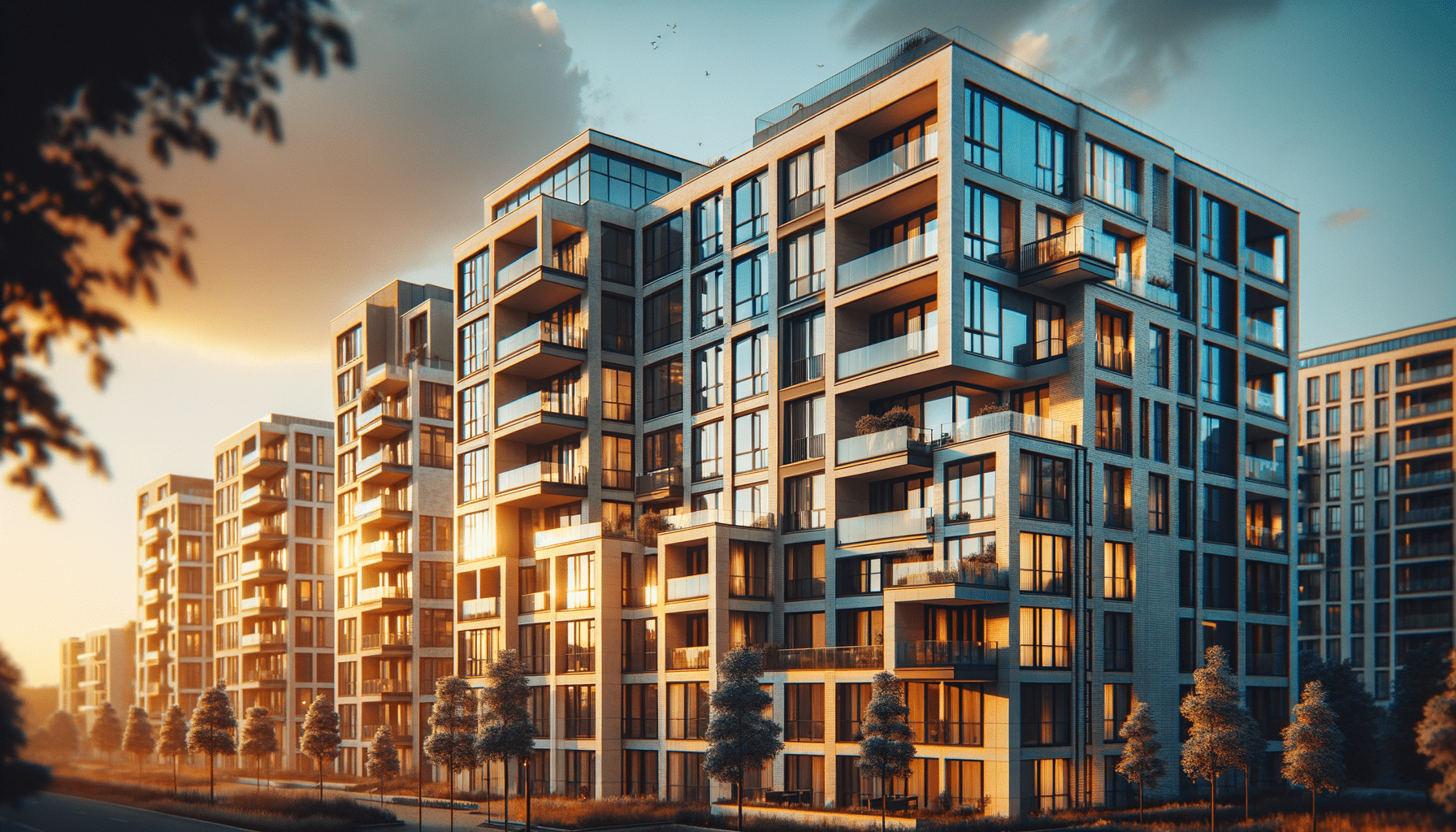
Explore rental apartment options: Choose the right apartment for you!
Understanding Your Rental Needs
When embarking on the journey to find the right rental apartment, the first step is understanding your specific needs. Are you a student looking for a place close to campus, or perhaps you are navigating a challenging phase in life and require a cost-effective living solution? Understanding these needs will significantly influence the type of apartment you should consider.
For students, proximity to educational institutions can be a top priority. This not only saves time but also reduces transportation costs. On the other hand, if affordability is your main concern, you might want to explore shared accommodations or studio apartments, which often come at a lower cost.
Here are some factors to consider when identifying your rental needs:
- Location: Consider the distance to work, school, or essential services.
- Budget: Determine how much you can comfortably afford each month.
- Space: Decide on the number of bedrooms and bathrooms needed.
- Amenities: Look for features such as parking, laundry facilities, and security.
By establishing a clear understanding of these factors, you can streamline your search and focus on apartments that meet your criteria.
Exploring Different Rental Options
The rental market offers a variety of options, each catering to different needs and preferences. Understanding these options can help you make an informed decision. Let’s explore some common types of rental apartments available.
Studio Apartments: These are typically one-room units that combine the living and sleeping areas with a compact kitchen. They are ideal for singles or students looking for a budget-friendly option.
One-Bedroom Apartments: Offering a separate bedroom, these units provide more privacy and space, making them suitable for couples or individuals who prefer a distinct living and sleeping area.
Shared Accommodation: For those willing to share their living space, this can be an economical choice. It involves renting a room in a larger apartment or house, with shared facilities such as the kitchen and bathroom.
Luxury Apartments: If budget allows, luxury apartments offer high-end amenities like gym facilities, swimming pools, and concierge services. These are often situated in prime locations, offering convenience and comfort.
Each option has its pros and cons, so it’s crucial to weigh these against your personal preferences and needs. This approach ensures you choose an apartment that aligns with your lifestyle and financial situation.
Budgeting for Your Rental Apartment
Budgeting is a critical aspect of renting an apartment, particularly if you are in school or facing financial challenges. Establishing a realistic budget will prevent financial strain and help you maintain a comfortable lifestyle.
Start by calculating your monthly income and subtracting essential expenses such as tuition, utilities, and groceries. The remaining amount should guide your rental budget. A common rule of thumb is to allocate no more than 30% of your income to rent.
Consider these tips for effective budgeting:
- Include all potential costs: Beyond rent, factor in utilities, internet, and any additional fees like parking or pet charges.
- Save for emergencies: Set aside a small amount each month for unexpected expenses.
- Negotiate: Don’t hesitate to negotiate with landlords for a better deal, especially if you plan to stay long-term.
By carefully planning your budget, you can ensure that your rental choice is financially sustainable, allowing you to focus on your studies or personal growth without undue stress.
Finding the Right Location
Location is a pivotal factor when choosing a rental apartment, influencing not only the cost but also your daily convenience and lifestyle. Whether you prioritize proximity to school, work, or other amenities, the right location can enhance your living experience.
For students, being close to campus can save time and reduce commuting costs. Additionally, consider areas with easy access to public transportation, grocery stores, and recreational facilities.
Here are some strategies for finding the right location:
- Research: Use online tools to explore neighborhoods and their amenities.
- Visit: Spend time in potential neighborhoods to get a feel for the area.
- Talk to locals: Gather insights from residents about the pros and cons of living in the area.
Ultimately, the location you choose should align with your daily needs and long-term goals, providing a balance between convenience and affordability.
Navigating the Rental Agreement
Once you’ve found a suitable apartment, the next step is understanding the rental agreement. This legal document outlines the terms and conditions of your tenancy, making it essential to read and understand it thoroughly before signing.
Key components of a rental agreement include:
- Lease Term: The duration of the lease, whether it’s month-to-month or a fixed term.
- Rent Details: The amount, due date, and acceptable payment methods.
- Security Deposit: The amount required and conditions for its return.
- Maintenance Responsibilities: Clarifies who is responsible for repairs and maintenance.
Ensure that all verbal agreements are documented in the contract to avoid future disputes. If you have any questions or concerns, don’t hesitate to discuss them with your landlord before signing.
Understanding your rental agreement protects your rights and ensures a smooth tenancy, allowing you to enjoy your new home with peace of mind.


